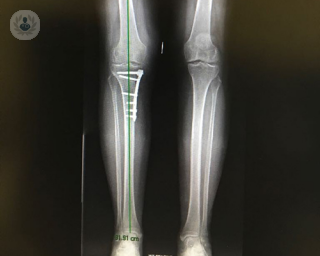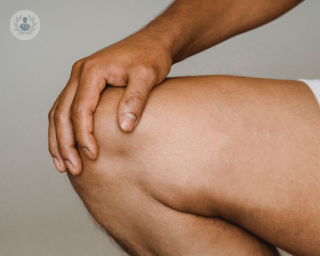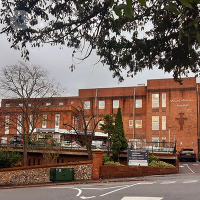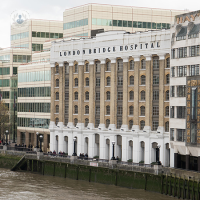Osteotomy
Mr Raghbir Khakha - Orthopaedic surgery
Created on: 03-30-2015
Updated on: 03-16-2023
Edited by: Karolyn Judge
What is an osteotomy?
An osteotomy is a surgical procedure, carried out using general anaesthesia, that repairs damaged joints by cutting and reshaping the bones.
An osteotomy can be performed on the following joints:
- Knee
- Hip
- Spine
- Jaw
- Chin
- Big toe
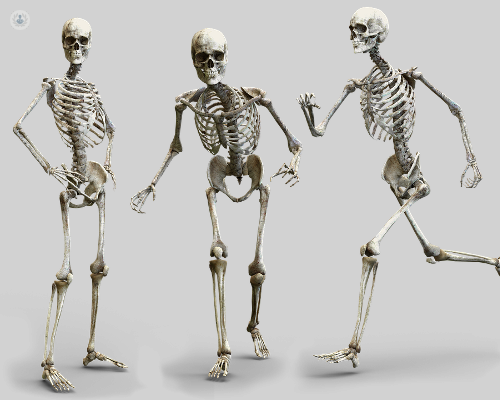
Why is an osteotomy done?
An osteotomy will fix problems experienced in different bones and joints.
- Knee - if the kneecap is misaligned or damaged from arthritis then a knee osteotomy cuts either the tibia or femur to take pressure of the damaged knee joint.
- Hip - the hip socket is reshaped so that the socket aligns better with the ball of the joint.
- Spine - a wedge of spinal bone can be removed to improve a back that's hunched.
- Jaw - in misaligned jaws, a lower jaw osteotomy can reposition the jaw.
- Chin - an osteotomy can narrow a very square chin. Most often this is performed by plastic surgeons.
- Big toes - a wedge of bone is removed to prevent the big toe obstructing your other toes.
What does an osteotomy involve?
Due to the complexity of an osteotomy, a hospital stay will be required. General anaesthesia is used, meaning you are asleep during the operation. The surgeons makes an incision over the area of bone that is being remodelled. Using a special surgical saw, a section of bone will be removed. The cut edges of bone are then secured together with metal hardware or special bone grafts. For a bone graft, a wedge of bone is usually taken from the pelvis, and it is secured with metal hardware.
How do you prepare for an osteotomy?
Before osteotomy surgery you won’t be able to eat or drink and certain medications will have to be stopped. You will receive special instructions from your specialist.
Aftercare following an osteotomy
You can expect to stay in hospital for a couple of nights. Depending on the type of osteotomy performed, crutches are likely to be needed for a couple of months. Full rehabilitation can take up to 6 months. In most cases, physical therapy exercises will be needed to help restore strength, stability and movement to the bones.
Alternatives to an osteotomy
An osteotomy is often an alternative to larger surgical procedures, such as hip and knee replacements which are serious operations with very lengthy recovery times, and often revision surgeries too. Discussing your treatment options with your specialist is essential in making a treatment decision.



